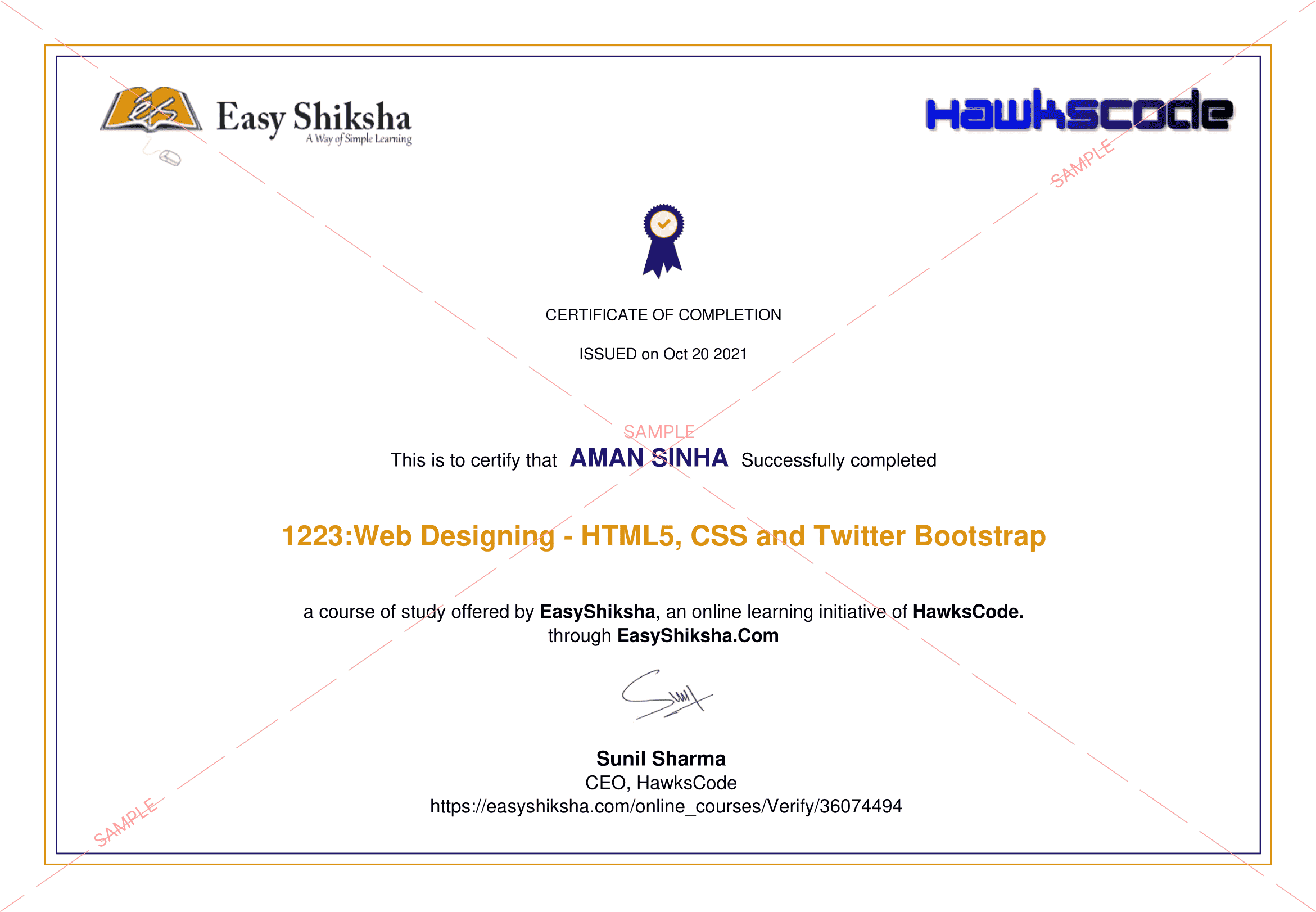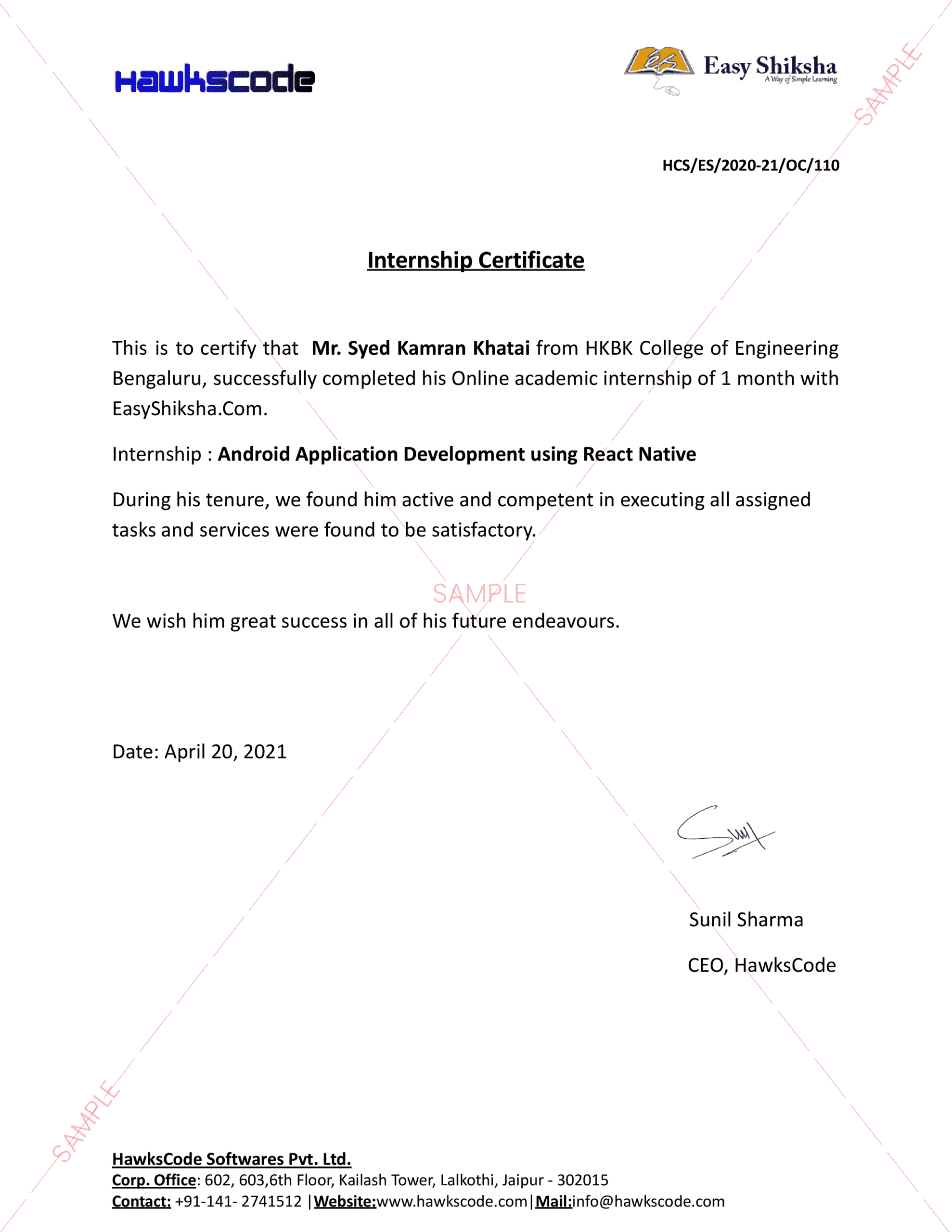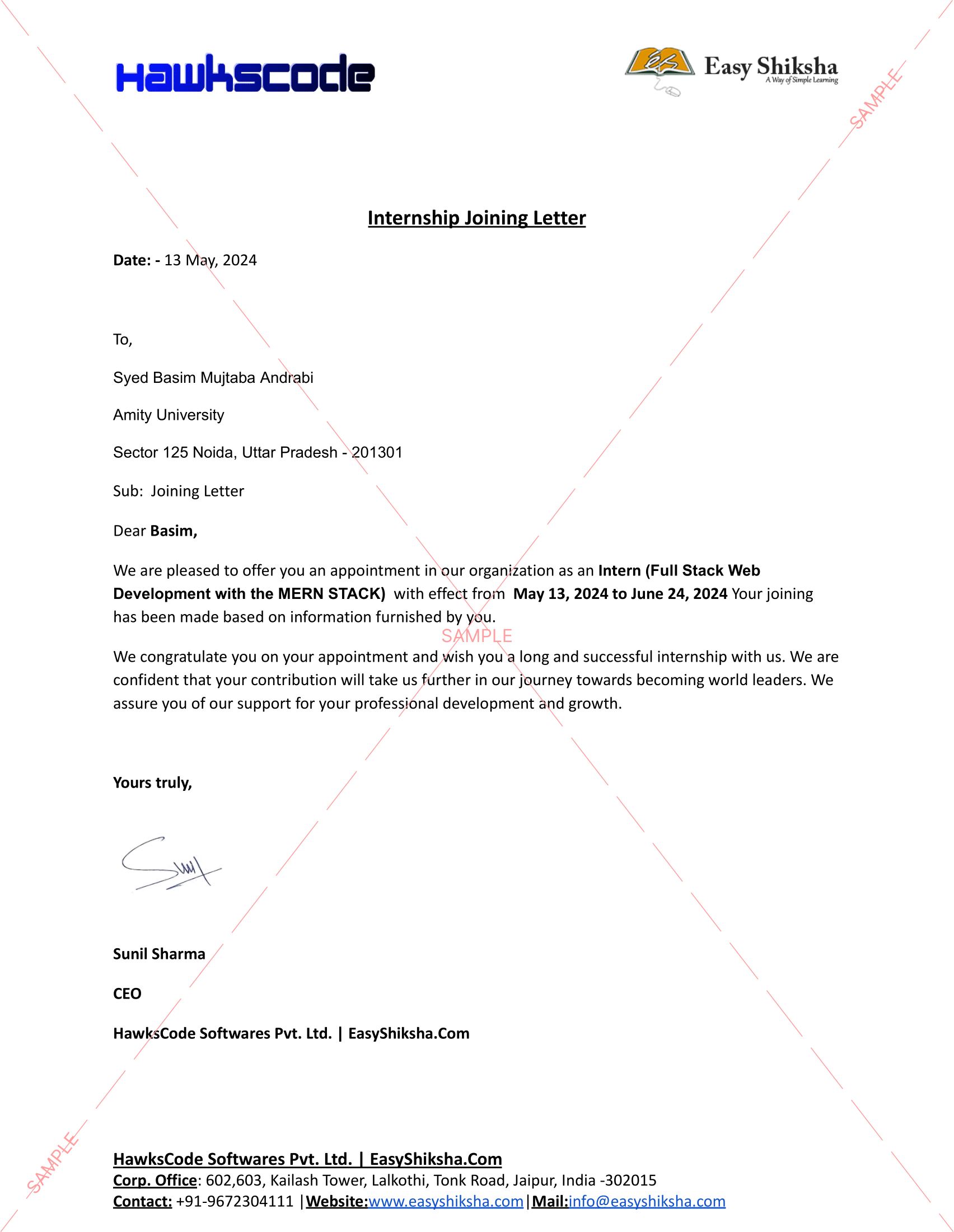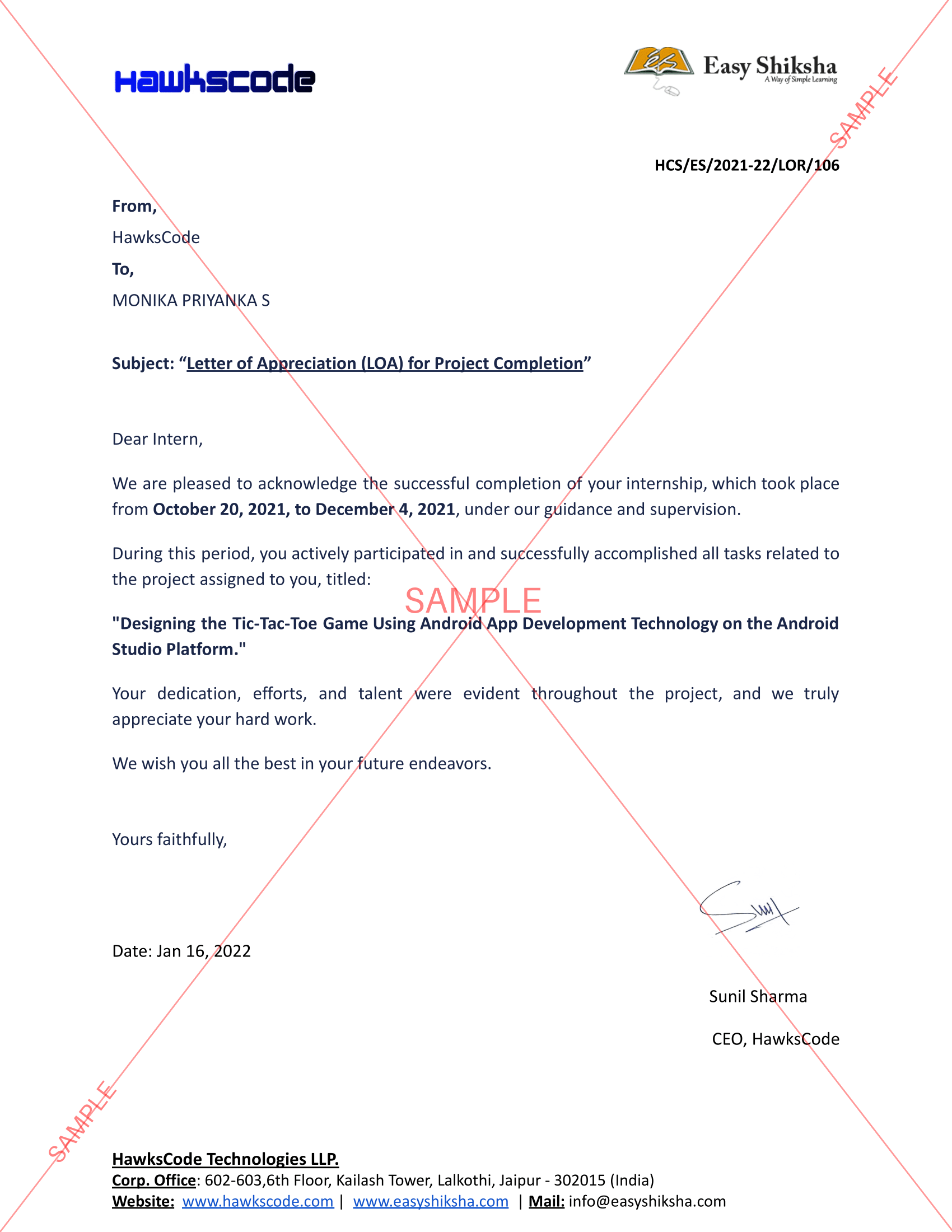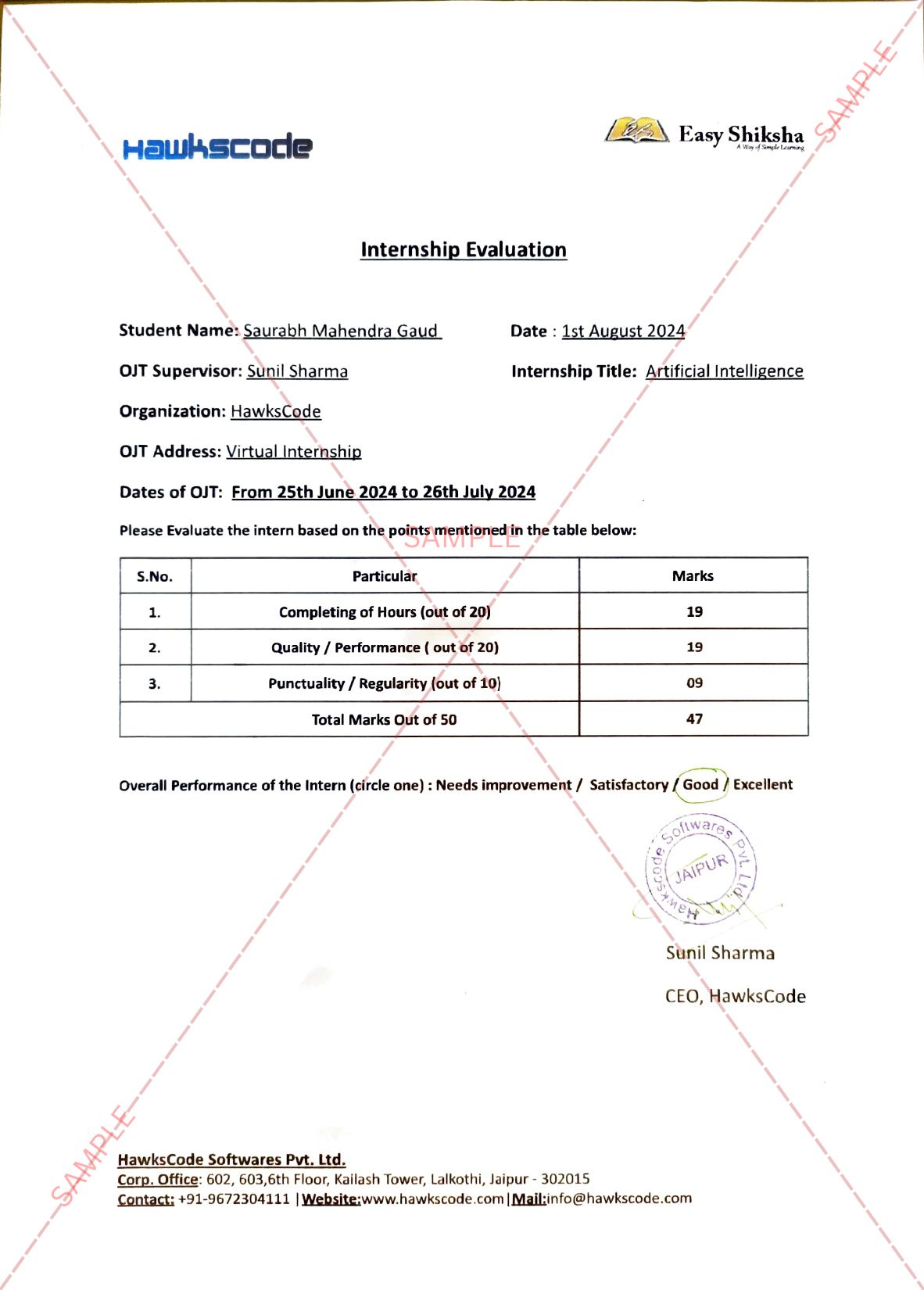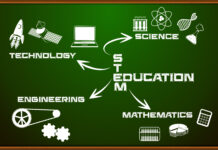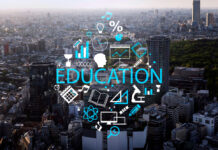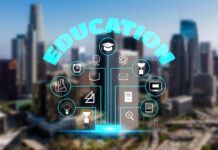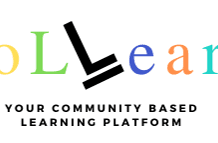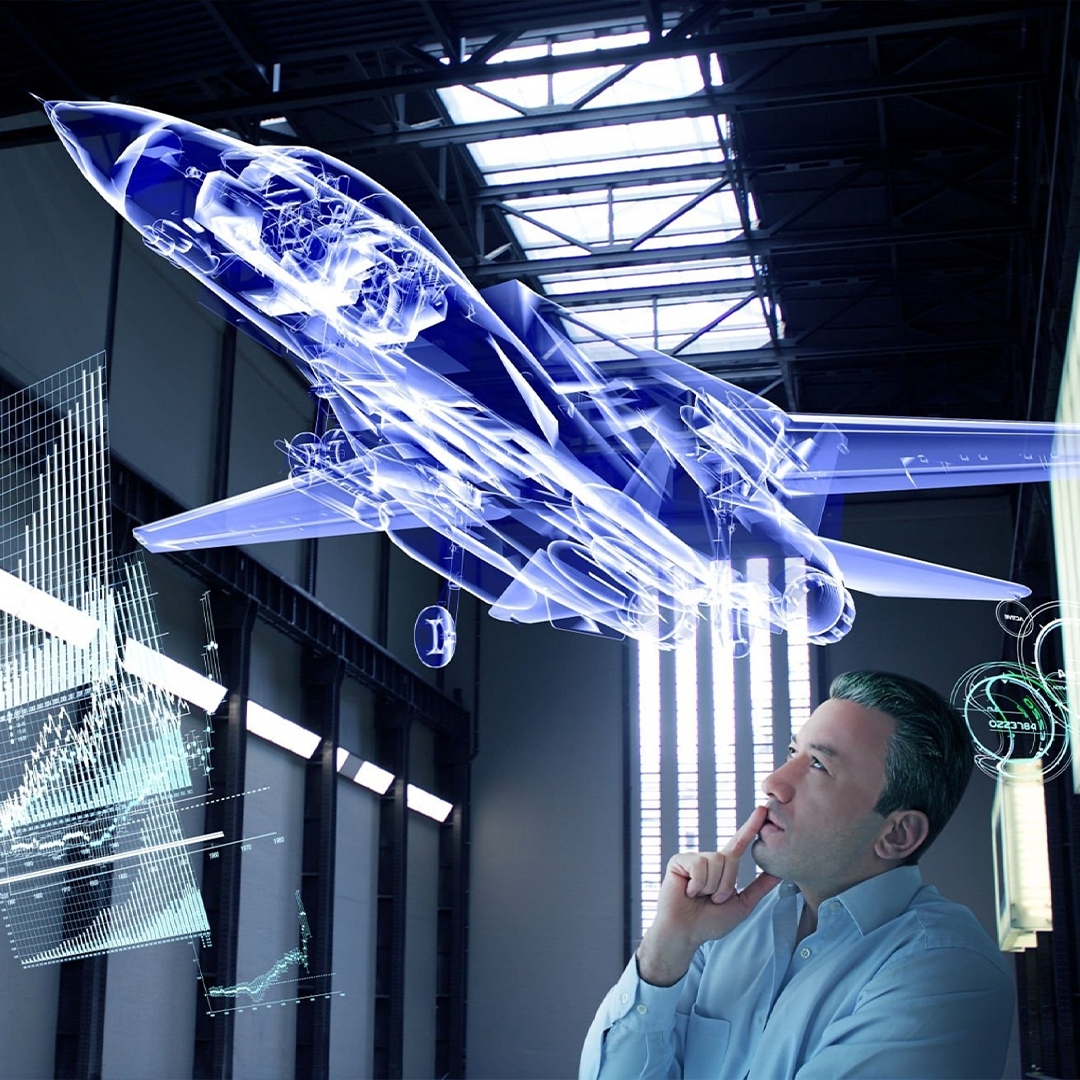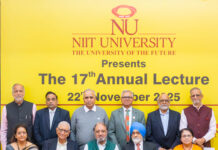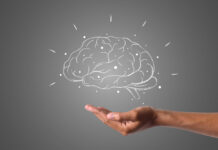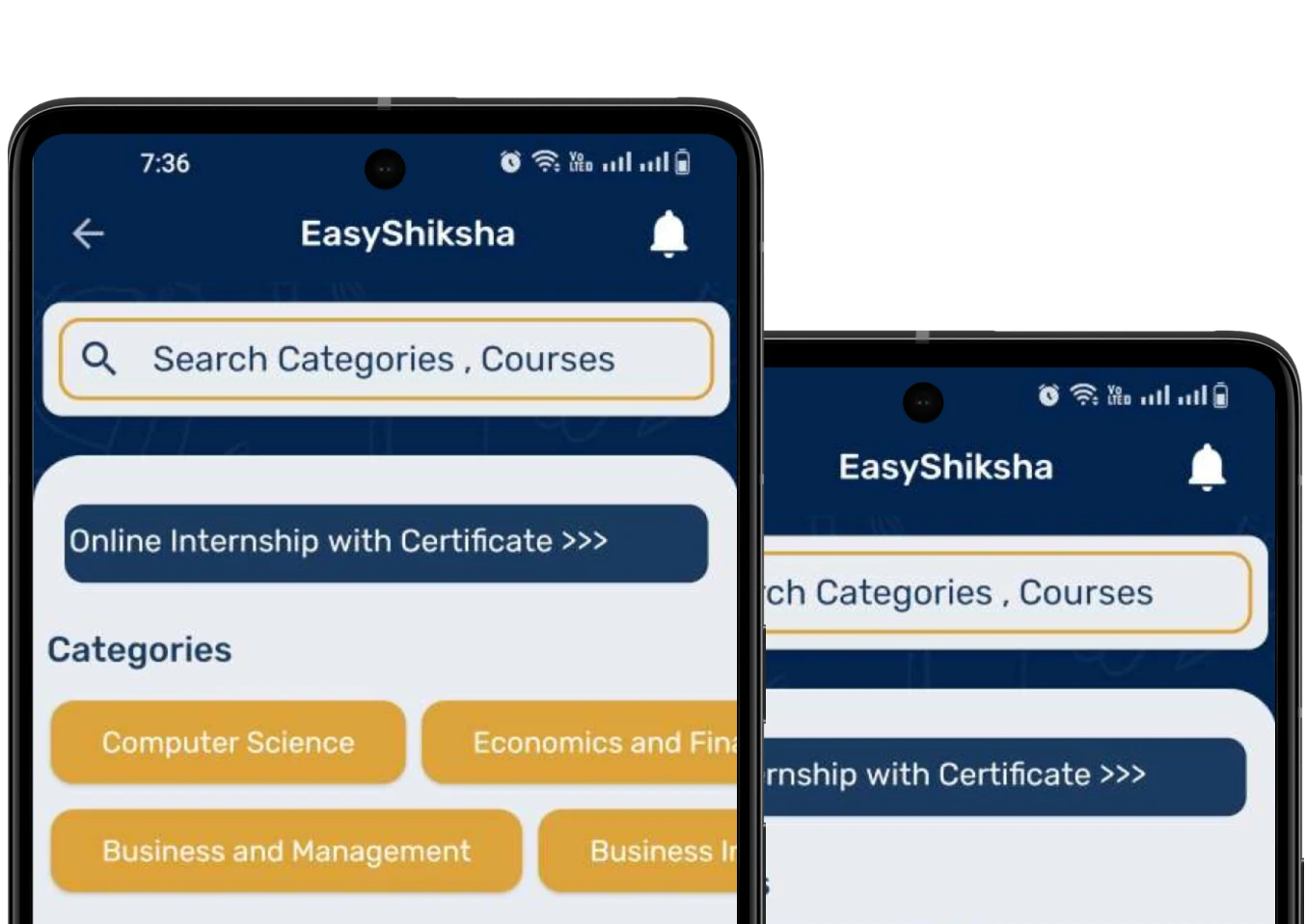Attributed to Mr. Arun Prakash M. Founder and CEO of HCL GUVI .
India is home to a significant population of tribal communities. While much effort has been undertaken historically to help them assimilate into the modern lifestyle and socio-economic order, only a fraction of it has paid dividends. The Ministry of Tribal Affairs, along with other ministries like education, health, and finance, has left no stone unturned to assist the Indian tribal communities. However, while there has never been a dearth of intent. The outcome has not always been fruitful owing to specific challenges.
Also Read: The Best Internship Courses for B.Tech Students in 2025
Categories
However, it need not be so anymore with the emergence of new-age technologies. Such as Artificial Intelligence (AI), Machine Learning (ML), Robotics and many others. Public and private initiatives since independence have helped the literacy rate among tribal communities to increase exponentially. Currently standing at 72.1%, as per the Ministry of Statistics & Programme Implementation (MoSPI). While much work is left to be done, the literacy figures highlight the need to help tribal youth become part of the Indian white-collared workforce and introducing & training them in era-appropriate technologies like AI, ML and Robotics could have a significant chain reaction.
It stands to reason that development is a multi-layered approach, irrespective of geography or demographics. Furthermore, technology historically has been humankind’s great connector and developing aspect. For instance, the ancient Indians’ discovery of zero, the Chinese invention of gunpowder, or the Greeks’ invention of Archimedes’ screw initiated rapid development of the communities at the time and was driven by technological supremacy. This aspect can also be replicated within the tribal communities in India. Which stand ready as one of the major hubs of untapped talent in the country.
Why new-age technologies
To understand this, it is imperative to understand the drivers of development at any given time or era in human society. From the time of the invention of the first wheel, or agriculture, to modern-day steam engines, electricity — development itself has never been stationary. This means that as new technologies were invented, they benefitted the communities who became accustomed to it, and used it across functionalities to transform their daily lives. With the significantly high literacy rate in Indian tribal communities, they stand at the juncture. Where their lives can be transformed by integrating themselves into the global technological development scale.
What the likes of AI, ML and Robotics offer to them is not only the technological edge. But also a unique opportunity for them to become the drivers of the national interest. At the moment, India is exercising significant emphasis on developing its new AI model. While much work is being done on ML and Robotics. As the global view is to integrate them to reach the pinnacle of all three respective technologies. While the development remains at a nascent stage, training the untapped talents from tribal communities will directly translate into establishing a talent pipeline from across India to industry stakeholders. This aspect will be mutually beneficial for both parties. As the tribal youths will have the opportunity to drive their financial aspirations. Whereas the industry stakeholders will have untapped, yet highly-trained talents to drive the general developments.
Top Courses in Information and Technology
Scope of development
One may ask, what kind of development can we be looking forward to? Will it be a multiphased development, or related only to financial aspirations? However, it is important to understand that development is always multi-dimensional, and much of it is often visible yet unmeasurable. If we go into the tribal majority regions of Odisha, Jharkhand, Chhattisgarh, or the NorthEastern states of India. We soon come to the understanding that the first thing to develop among the communities is the living standards. However, developing living standards are often interconnected with socio-economic standards. Which in turn can only be developed by helping them earn a healthy income.
The government has been doing wonderful work to bring tribal communities out of poverty. As can be seen in a Planning Commission report from 2014 that revealed that the poverty ratio of scheduled tribes stood at 45% that year. In the last decade, it is only feasible that the poverty levels have dropped, however. Many of the communities remain in a low-income bracket – particularly since the majority of them are not associated with era-appropriate ventures.
This is why proposing to educate the tribal talents in AI, ML, and Robotics could lead to unprecedented development. That is not only holistic but also takes them to think beyond basic requirements. In the long-term, this will help them to assimilate in terms of finances, or standards of living with the rest of India, or even higher if we play the cards right. This comprehensive operation requires amicable support from both private and public spheres of influence, and the resulting community outreach efforts could bear unprecedented impact.
Top Courses in Engineering
Looking ahead
The government’s efforts in this must be congratulated. Many states with significant tribal populations are making new-age technologies mandatory in education, and with the gradually blooming focus on these technologies. Logic suggests that the tribal communities across the country will have a brighter future to look forward to. However, the intent must be a two-way street and the talented youth must also come forward to become part of this comprehensive journey. The stakeholders are continuing their community outreach programs in various shapes and forms, and if all goes well. India will be finding a massive source of untapped talents to drive its technological future in the next decade and beyond.
Get Some Courses: Biology, Biochemistry and Biotechnology , Arts and Photography
